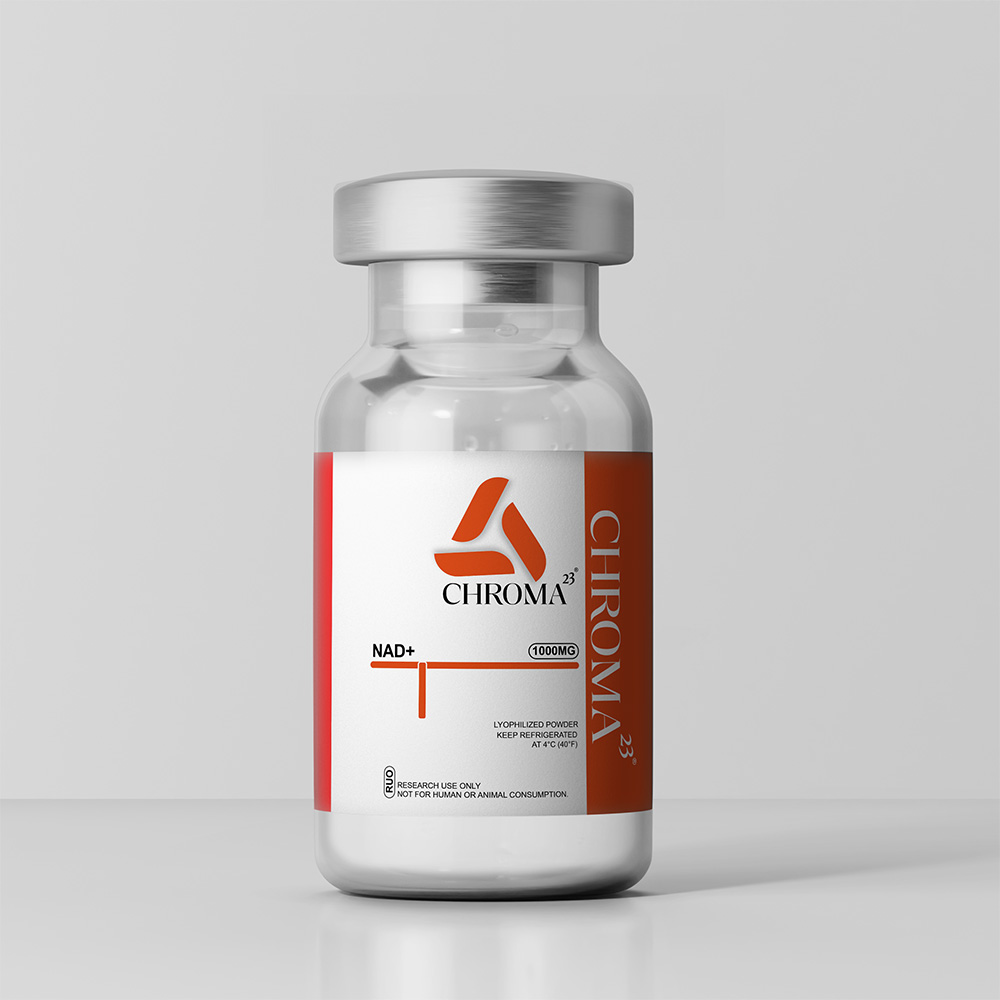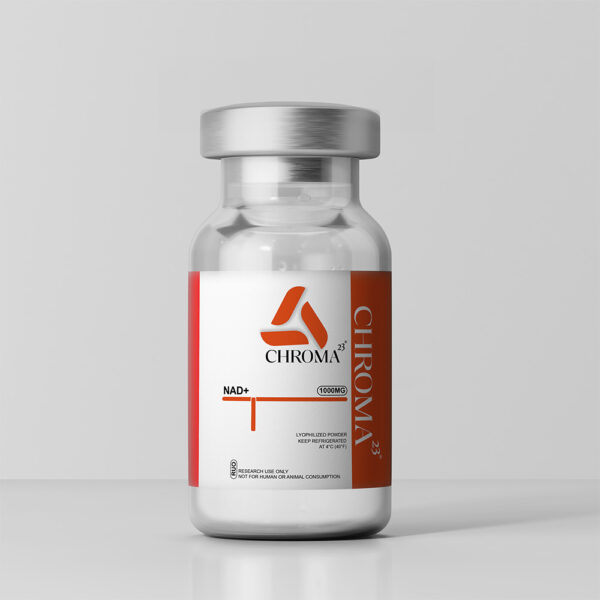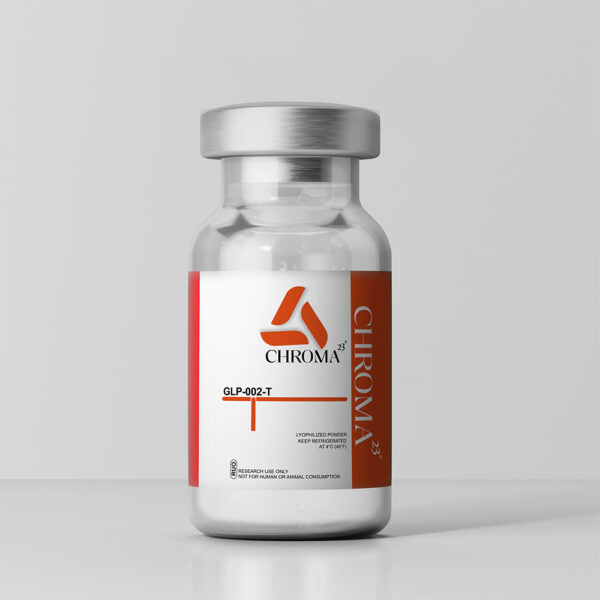NAD+ has become a focal point in biological and biochemical research due to its central role in essential cellular processes. It is deeply involved in oxidation-reduction reactions, energy production, and the regulation of several critical enzymes that control cell survival and repair mechanisms.
One of the most prominent research areas involving NAD+ is cellular aging. In various models, age-related decline in NAD+ levels has been correlated with decreased mitochondrial efficiency, increased oxidative damage, and impaired DNA repair capacity. This decline is often accompanied by the overactivation of PARP enzymes in response to DNA damage, which consumes NAD+ and contributes to energy depletion. Studies have shown that maintaining or restoring NAD+ levels may support mitochondrial homeostasis and enhance cellular resilience against stress.
NAD+ is also vital for activating sirtuins, a class of NAD+-dependent enzymes that regulate inflammation, metabolism, and circadian rhythm. Research has demonstrated that enhanced sirtuin activity through increased NAD+ availability may promote beneficial metabolic changes, including improved glucose utilization and fatty acid oxidation, in experimental models.
In neuroscience, NAD+ is studied for its role in brain cell energy metabolism, synaptic function, and neuroprotection. Experimental models of neurodegenerative diseases have explored NAD+ precursors and supplements as tools to mitigate neural decline, often focusing on the preservation of mitochondrial function and regulation of neuroinflammatory processes.
Furthermore, recent studies have examined NAD+ involvement in immunometabolism, the field that investigates the interplay between cellular energy status and immune response. NAD+ is believed to influence macrophage function and T-cell activation, making it a target of interest in immunological and inflammatory research models.
The compound has also been explored in metabolic disorder research, particularly in experimental systems modeling insulin resistance and obesity. Increasing intracellular NAD+ concentrations has shown promising effects on improving metabolic markers in non-clinical settings.
Ongoing investigations are evaluating synthetic and natural NAD+ precursors such as NMN (nicotinamide mononucleotide) and NR (nicotinamide riboside), but direct NAD+ supplementation remains a key focus in controlled studies where enzymatic degradation or transport limitations are managed.
Overall, NAD+ continues to offer significant insight into cellular health, stress adaptation, metabolic regulation, and age-associated decline in laboratory settings. As more is learned about its mechanisms and interactions, the compound serves as a cornerstone for experiments aiming to decode the biology of energy and longevity.
This product is intended for research use only. Not for human or animal use.
References:
- “NAD+ Science 101 - What Is NAD+ & Why It’s Important,” Elysium Health. [Online]. Available: https://www.elysiumhealth.com/en-us/knowledge/science-101/everything-you-need-to-know-about-nicotinamide-adenine-dinucleotide-nad. [Accessed: 25-Jul-2019].
- “Nicotinamide Riboside: Benefits, Side Effects and Dosage,” Healthline. [Online]. Available: https://www.healthline.com/nutrition/nicotinamide-riboside. [Accessed: 25-Jul-2019].
- R. T. Matthews, L. Yang, S. Browne, M. Baik, and M. F. Beal, “Coenzyme Q10 administration increases brain mitochondrial concentrations and exerts neuroprotective effects,” Proc. Natl. Acad. Sci. U. S. A., vol. 95, no. 15, pp. 8892–8897, Jul. 1998. [PMC]
- “What You Need to Know About Resveratrol Supplements,” WebMD. [Online]. Available: https://www.webmd.com/heart-disease/resveratrol-supplements. [Accessed: 25-Jul-2019].
- N. Sun, R. J. Youle, and T. Finkel, “The Mitochondrial Basis of Aging,” Mol. Cell, vol. 61, no. 5, pp. 654–666, Mar. 2016. [PMC]
- D. Stipp, “Beyond Resveratrol: The Anti-Aging NAD Fad,” Scientific American Blog Network. [Online]. Available: https://blogs.scientificamerican.com/guest-blog/beyond-resveratrol-the-anti-aging-nad-fad/. [Accessed: 08-Jul-2019].
- A. P. Gomes et al., “Declining NAD+ Induces a Pseudohypoxic State Disrupting Nuclear-Mitochondrial Communication during Aging,” Cell, vol. 155, no. 7, pp. 1624–1638, Dec. 2013. [PMC]
- S. Imai and L. Guarente, “NAD+ and sirtuins in aging and disease,” Trends Cell Biol., vol. 24, no. 8, pp. 464–471, Aug. 2014. [PubMed]
- A. R. Mendelsohn and J. W. Larrick, “Partial reversal of skeletal muscle aging by restoration of normal NAD+ levels,” Rejuvenation Res., vol. 17, no. 1, pp. 62–69, Feb. 2014. [PubMed]
- C. Kang, E. Chung, G. Diffee, and L. L. Ji, “Exercise training attenuates aging-associated mitochondrial dysfunction in rat skeletal muscle: role of PGC-1α,” Exp. Gerontol., vol. 48, no. 11, pp. 1343–1350, Nov. 2013. [PubMed]
- S. Ringholm et al., “Effect of lifelong resveratrol supplementation and exercise training on skeletal muscle oxidative capacity in aging mice; impact of PGC-1α,” Exp. Gerontol., vol. 48, no. 11, pp. 1311–1318, Nov. 2013. [PubMed]
- A. Lloret and M. F. Beal, “PGC-1α, Sirtuins and PARPs in Huntington’s Disease and Other Neurodegenerative Conditions: NAD+ to Rule Them All,” Neurochem. Res., May 2019. [PubMed]
- C. Shan et al., “Protective effects of β- nicotinamide adenine dinucleotide against motor deficits and dopaminergic neuronal damage in a mouse model of Parkinson’s disease,” Prog. Neuropsychopharmacol. Biol. Psychiatry, vol. 94, p. 109670, Jun. 2019. [PubMed]
- D. C. Maddison and F. Giorgini, “The kynurenine pathway and neurodegenerative disease,” Semin. Cell Dev. Biol., vol. 40, pp. 134–141, Apr. 2015. [PubMed]
- A. Garten, S. Schuster, M. Penke, T. Gorski, T. de Giorgis, and W. Kiess, “Physiological and pathophysiological roles of NAMPT and NAD metabolism,” Nat. Rev. Endocrinol., vol. 11, no. 9, pp. 535–546, Sep. 2015. [PubMed]
- S. Yamaguchi and J. Yoshino, “Adipose Tissue NAD+ Biology in Obesity and Insulin Resistance: From Mechanism to Therapy,” BioEssays News Rev. Mol. Cell. Dev. Biol., vol. 39, no. 5, May 2017. [PMC]
- J. E. Humiston, “Nicotinamide Adenine Dinucleotide,” p. 68. [FDA]





